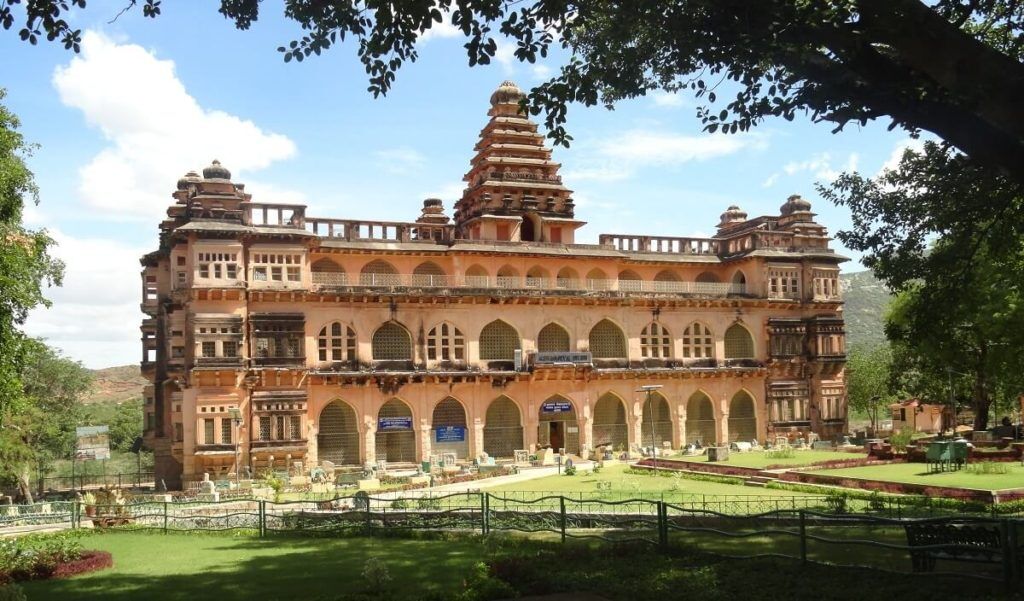What is Madras?
Understanding Spices
Your cart is empty.
SUBTOTAL
£0.00

Understanding Spices
‘I’ll have a Madras please’.
It’s a phrase spoken by people throughout curry houses and Indian restaurants up and down the country every single night. It’s hot, spicy, delicious and, most importantly, it is not a traditional Indian curry.
Nope. The Madras is not known in India. So, how did it come to be such a fixture in so many Indian restaurants? To find out, we need to travel back in time to a place that no longer exists (at least not by name, anyway).
The city of Chennai in Southern India is the sixth most populous city on the Indian subcontinent, considered the safest in the country and the 43rd most visited city in the world (in 2015). Yet, it has only been known as Chennai since 1996. Before that, it went by the name of Madras. This is where it is said the Madras curry originated from.
In 1639, the British Empire – operating via the East India Company – were in full expansion mode. Francis Day visited the Chandragiri palace and soon obtained permission to build on land along the Coromandel coast. As we all know, if you let the British Empire get a foot in the door, there’ll soon be plenty more barging through. Within a year, they had built Fort St. George to protect their factory and warehouse. The city of Madras began to expand and grow around this English settlement.

The English sailors and merchants found the city of Madras to be a hot, dry region and therefore they began to term any of the local cuisine originating from that area as ‘Madras curry’. However, it was not until the 1970’s in the UK that the Madras curry we know and love today really became a thing.

These early restaurateurs wanted to build a ‘curry scale’ that could be used to help their British customers understand the heat level of the dishes on their menu. For example, today, we all know that the Korma is sweet and mild. Meanwhile the Madras sits toward the other end, known as the standard ‘hot curry’. So, while Madras curry powder does use ingredients from India, it is not of Indian origin at all. It was formulated specifically to suit English tastes and actually differs significantly from any spice blends you will find in the area of Chennai and Madras!
Naturally, there is a lot of variation with the Madras curry. Generally speaking, the curry powder itself will most likely be tangy and earthy. For example, you can check out our own Madras Curry Powder here. We’ve gone for a mix of sweet, fruity and peppery spices, with an overlay of punchy chilli. We’ve used whole coriander seeds, whole cumin seeds, crushed red chillies, whole brown mustard seeds, curry leaves and ginger root.
It’s the crushed red chillies that help achieve the bright red colour and spicy flavour and, no matter what other ingredients you use and whichever method you deploy in cooking, this is ultimately the hallmark you are looking for. A rich, dark red sauce.
Hungry? Why not cook up your own Madras at home following our recipe right here.
Understanding Spices
Spices have long been integral to the UK's culinary landscape, adding depth, flavours, and richness to a myriad of dishes. From the pungent aroma of cumin in Indian curries to...
Read MoreUnderstanding Spices
Confetti is an essential part of any wedding day. Not only is it a wonderful way to greet a newlywed couple, but it also provides some beautiful photo opportunities. The...
Read MoreSeasonal Ideas
It’s no secret that any handmade gift will always be more special than a store-bought one. Homemade food gifts are especially wonderful, a labour of love that shows someone you...
Read MoreHealth and Wellbeing
It’s no secret that winter’s cold and gloomy weather makes us crave indulgent dishes like fondue and baked goods like sticky toffee pudding and apple crumble. While Christmas is the...
Read More